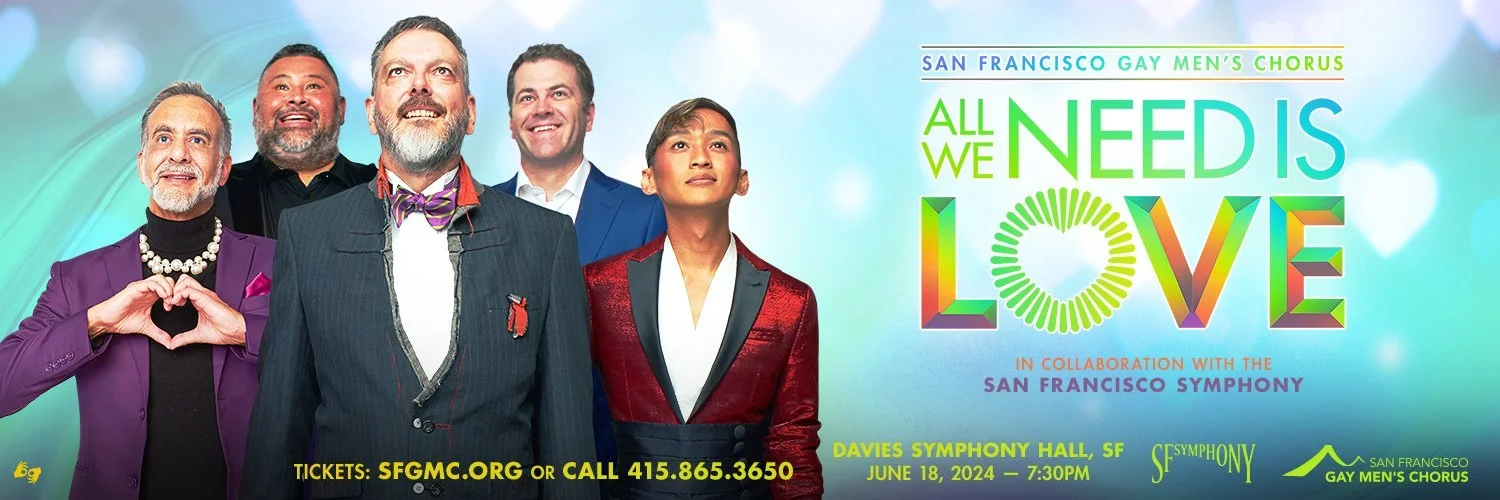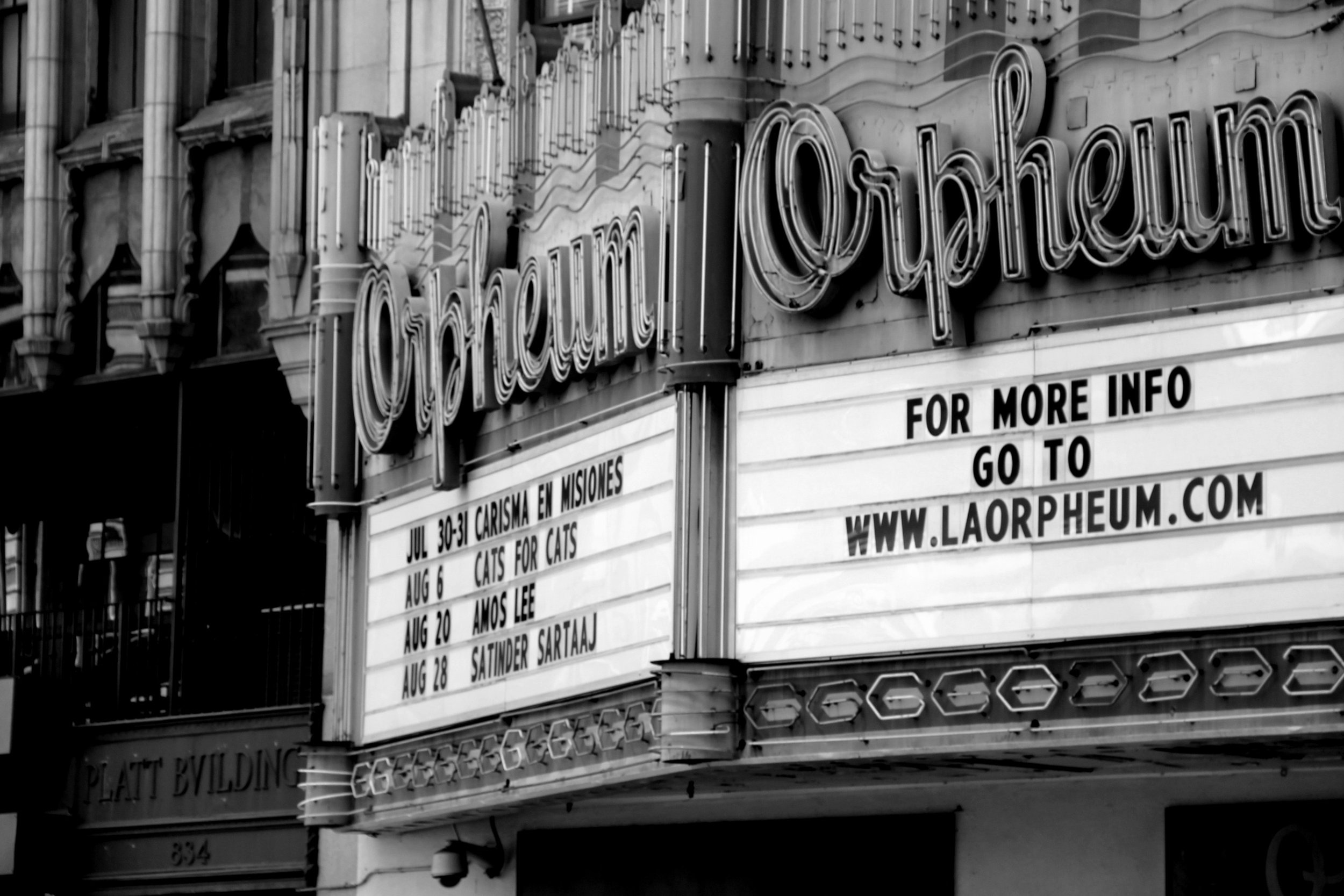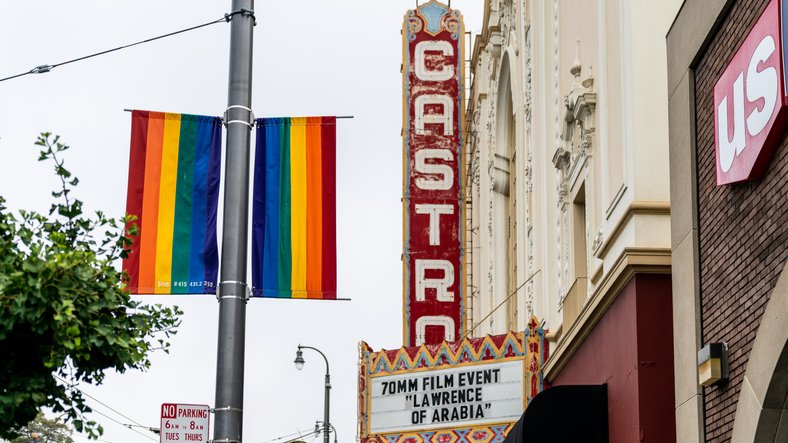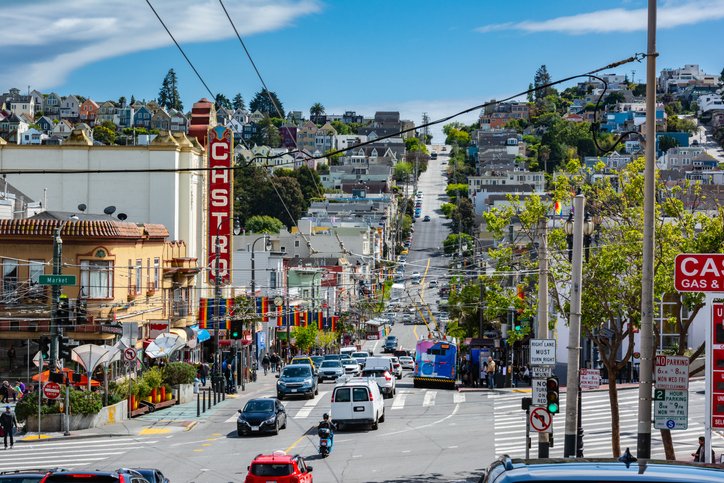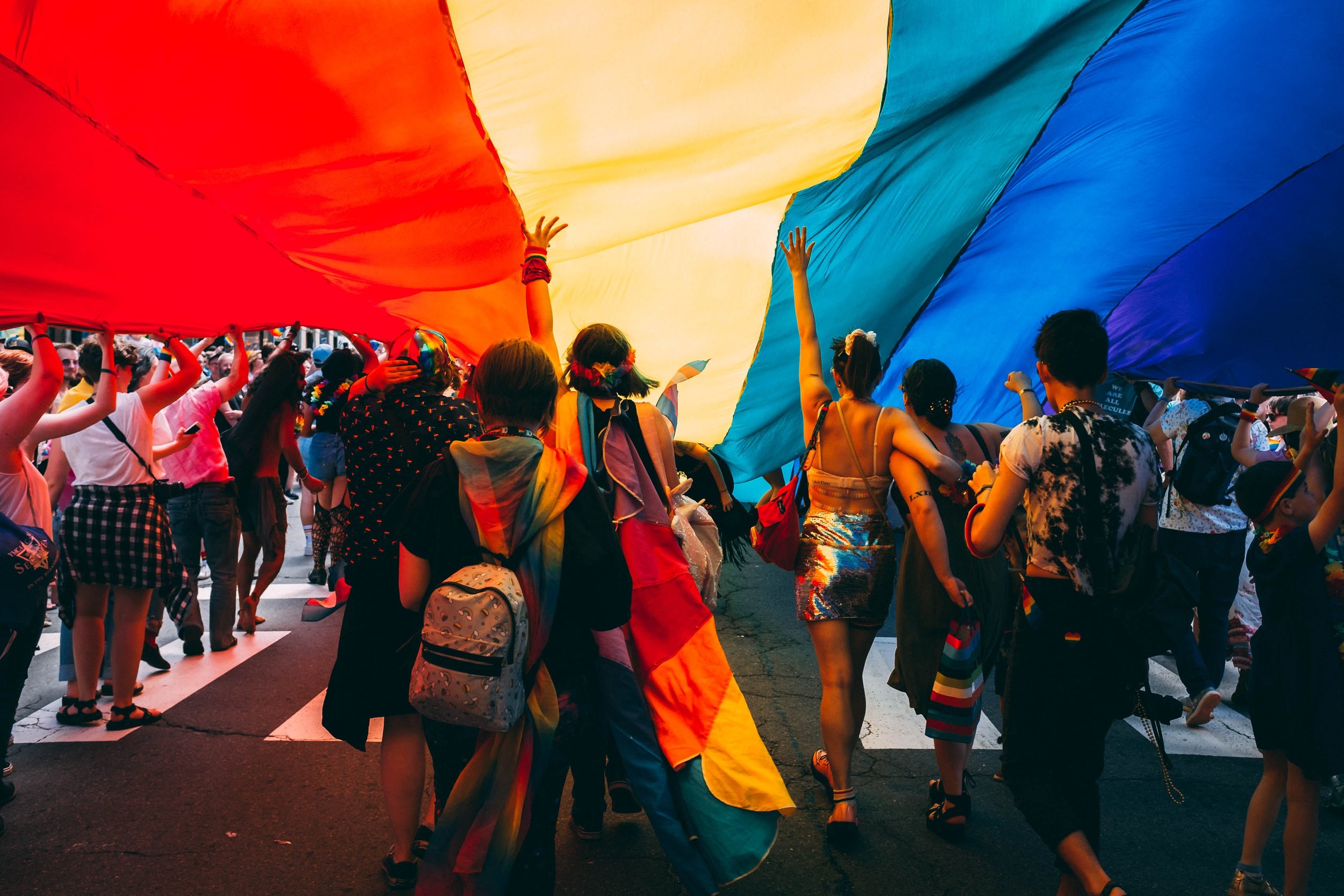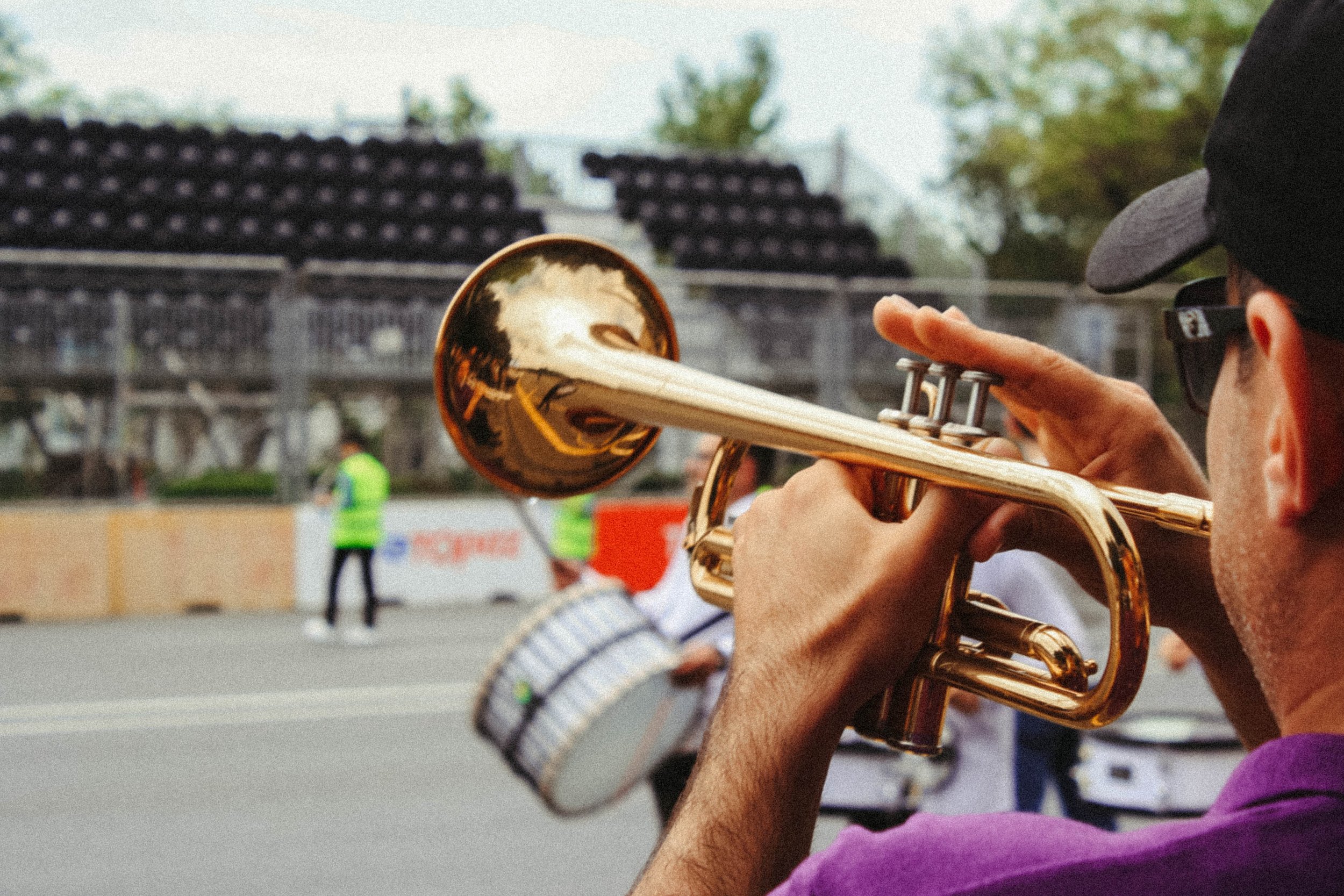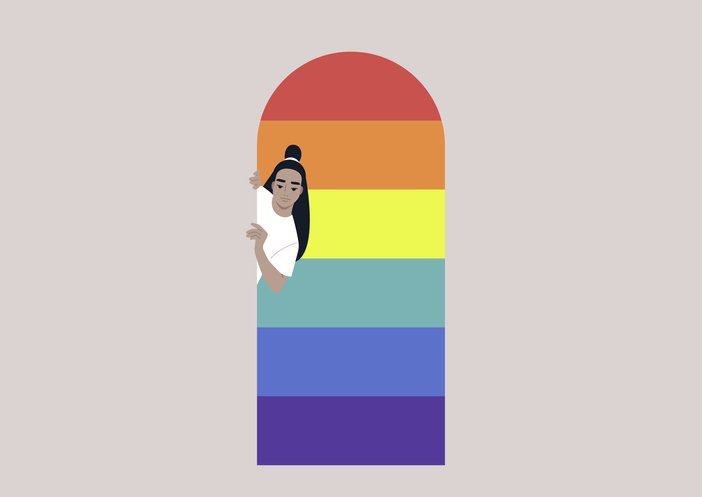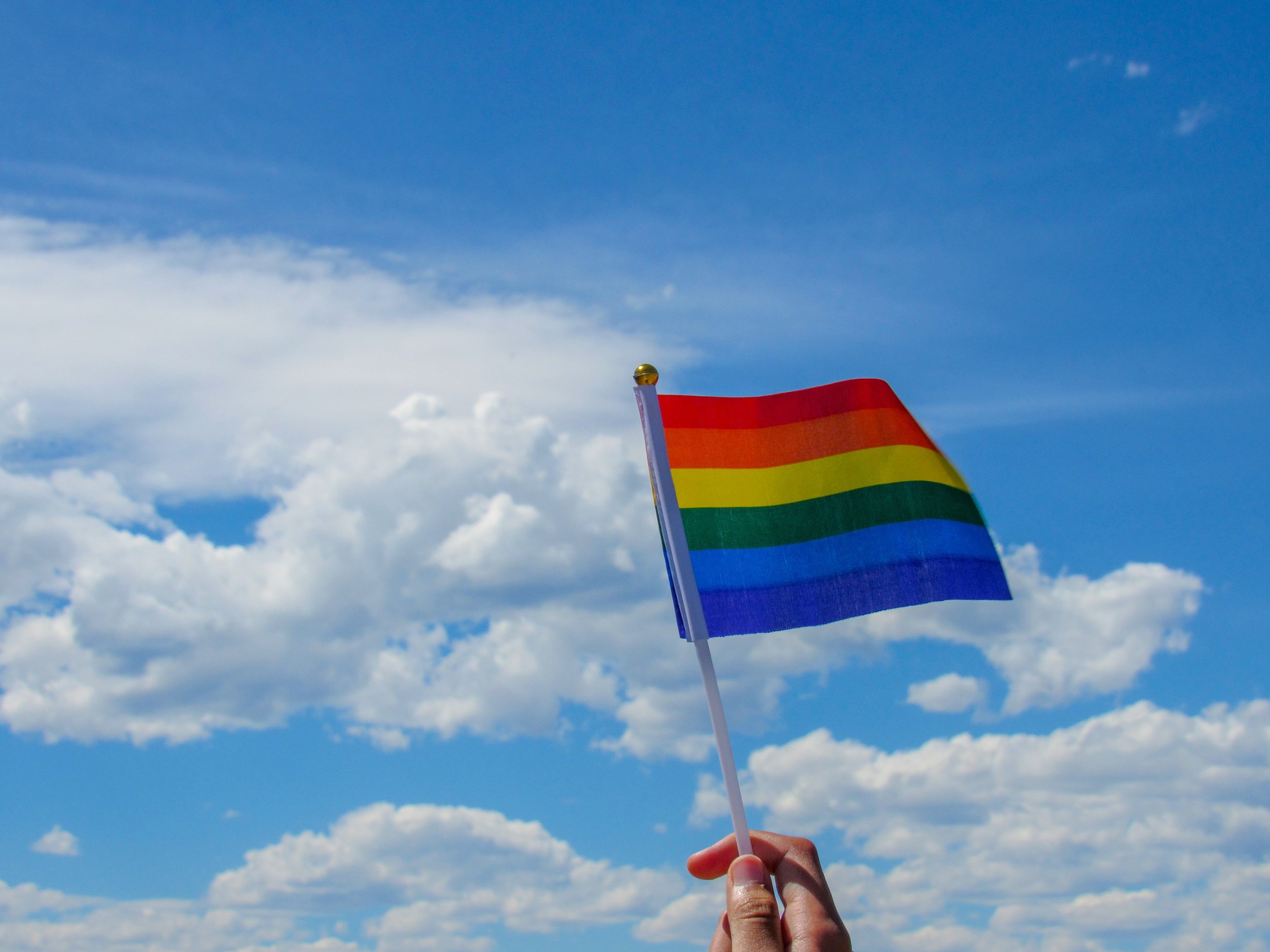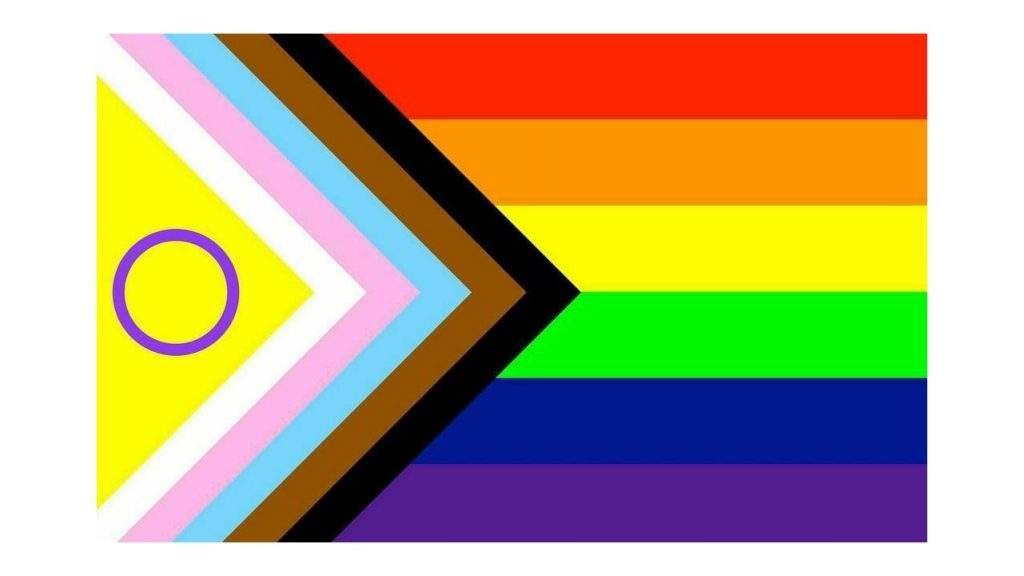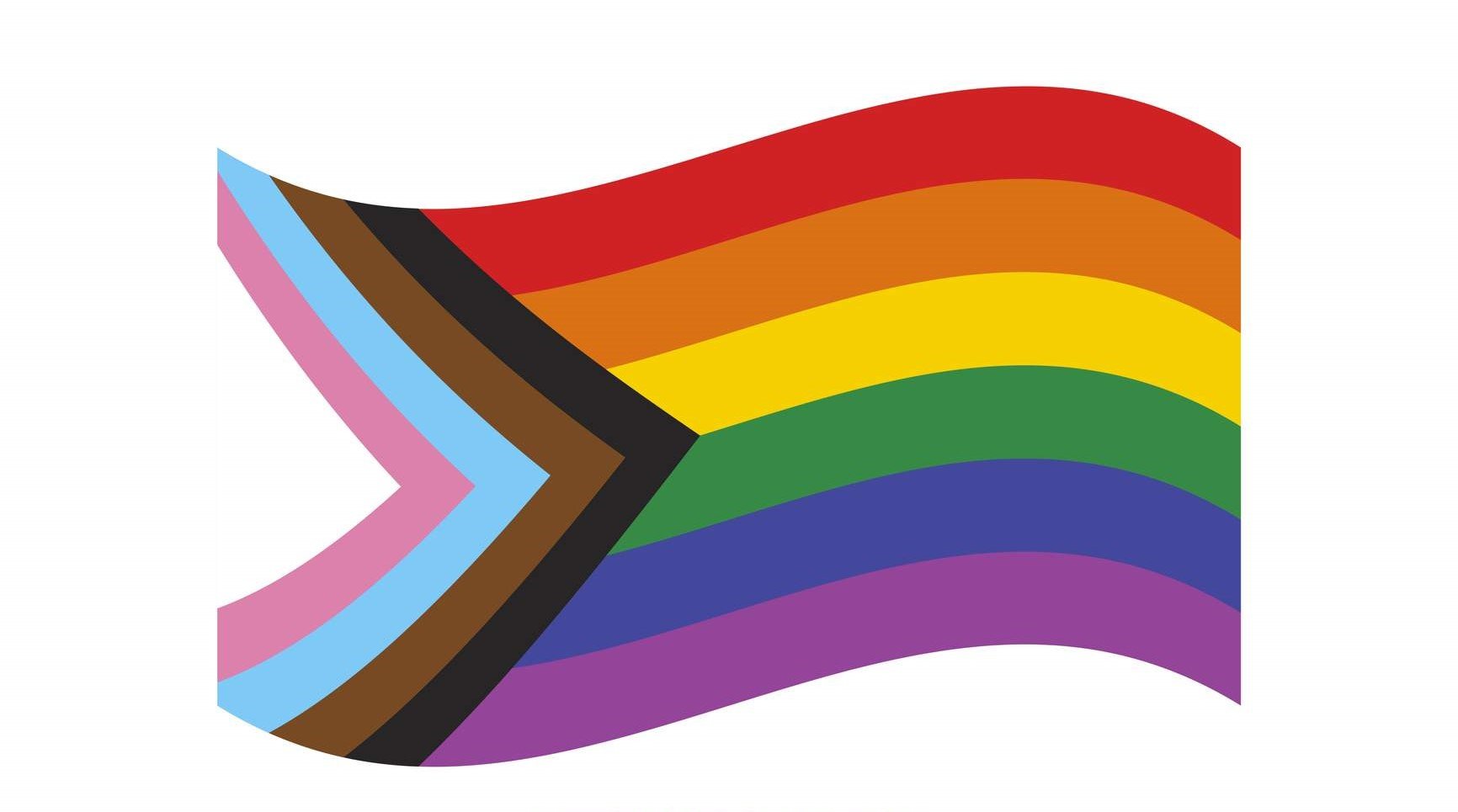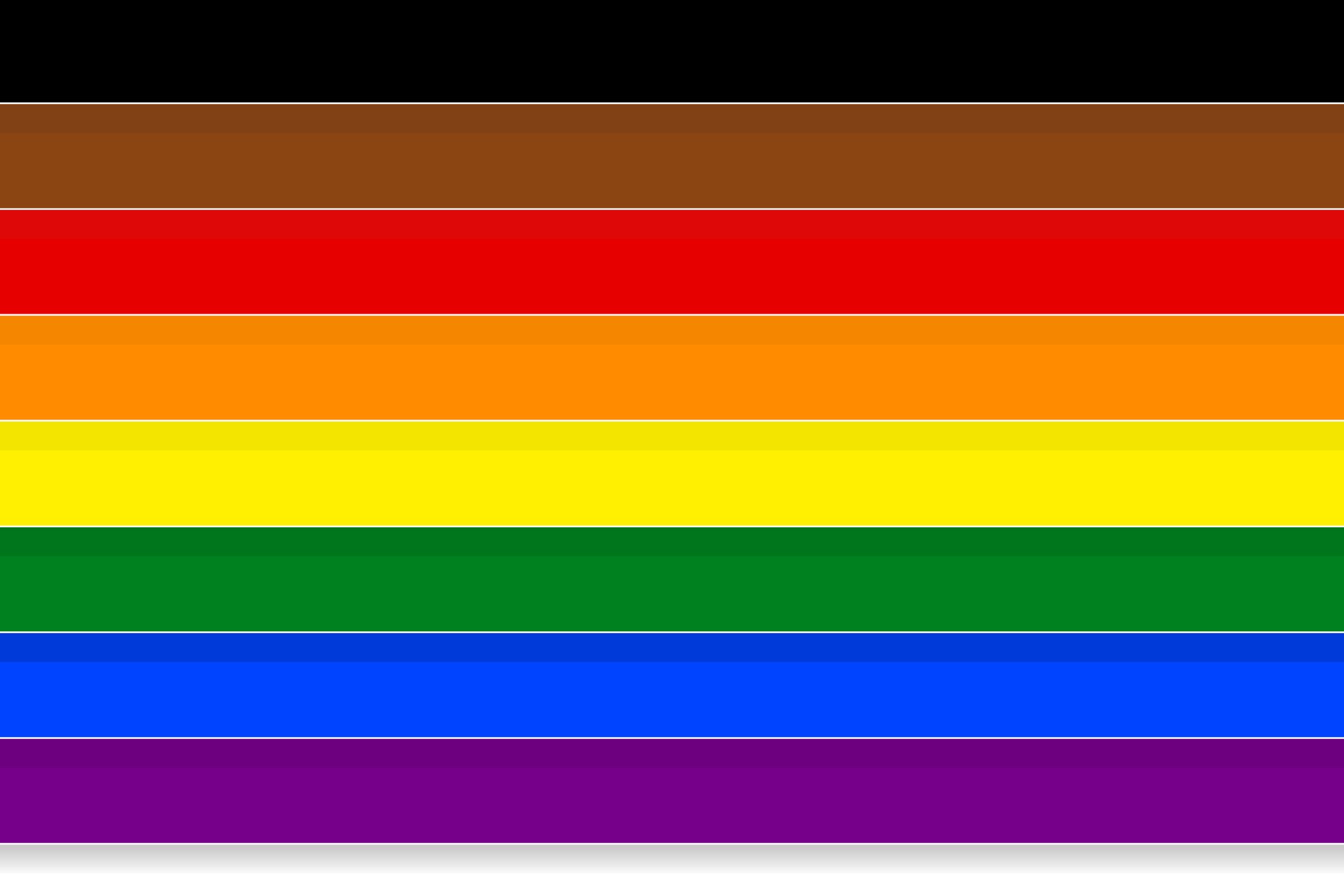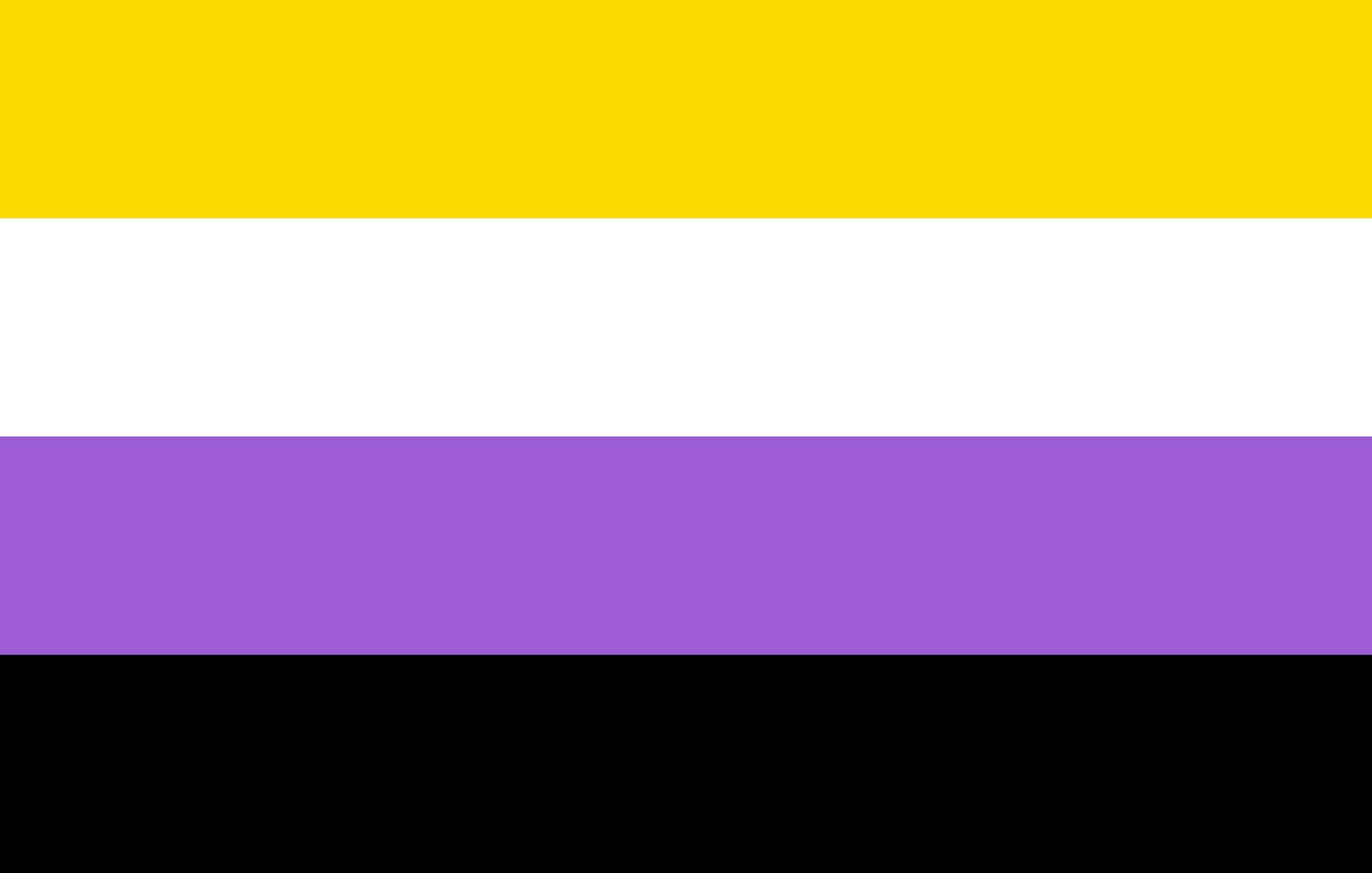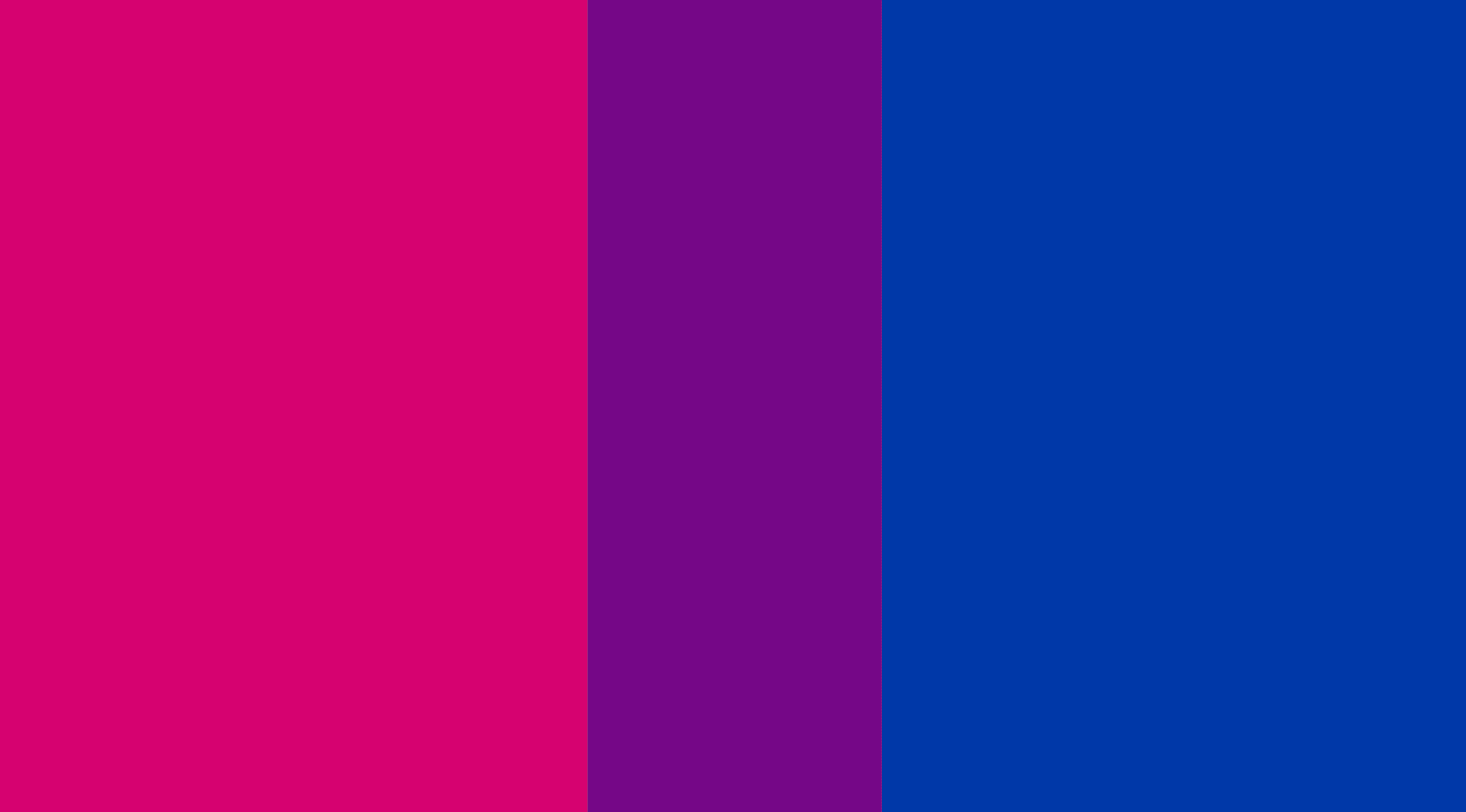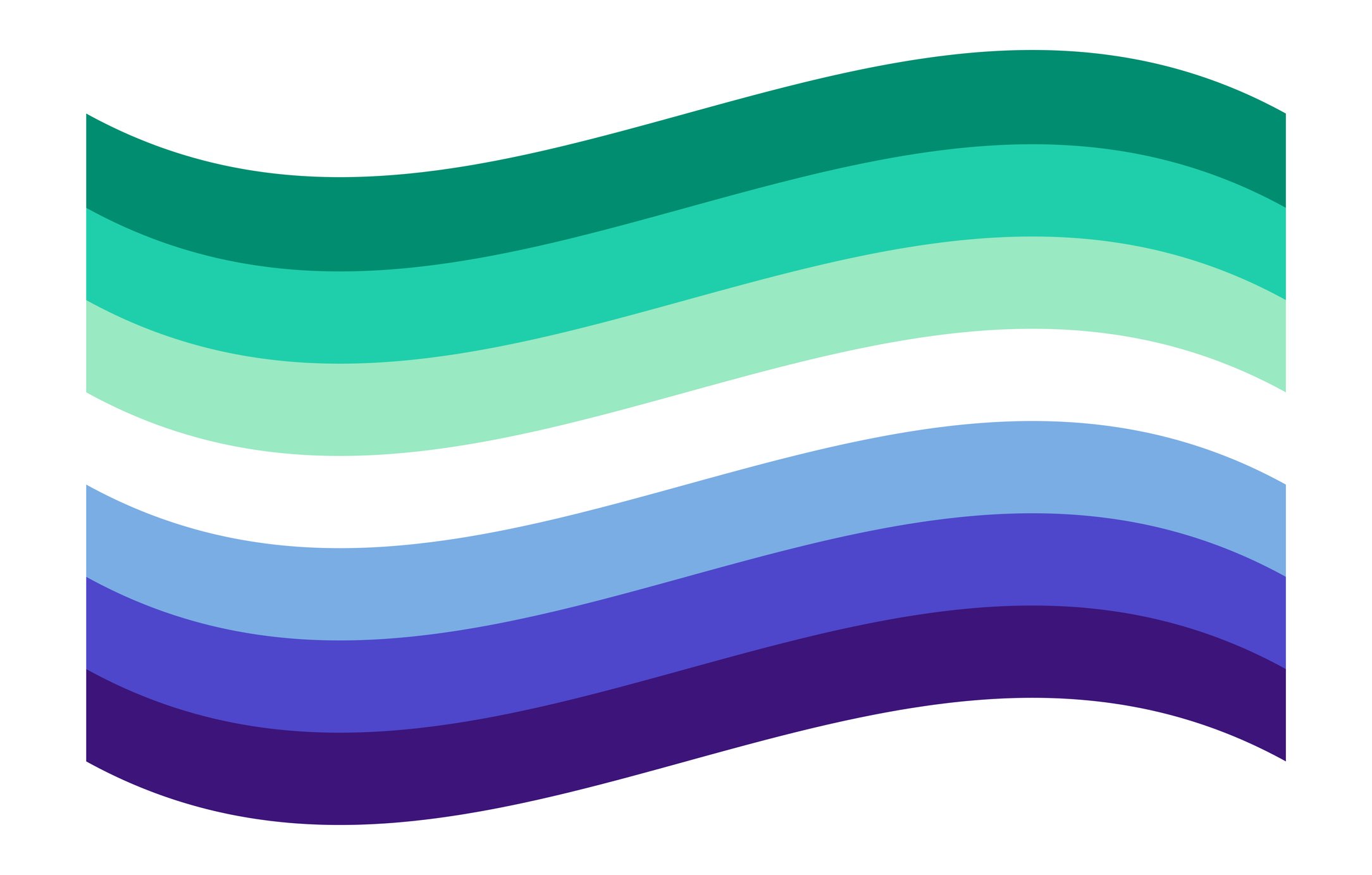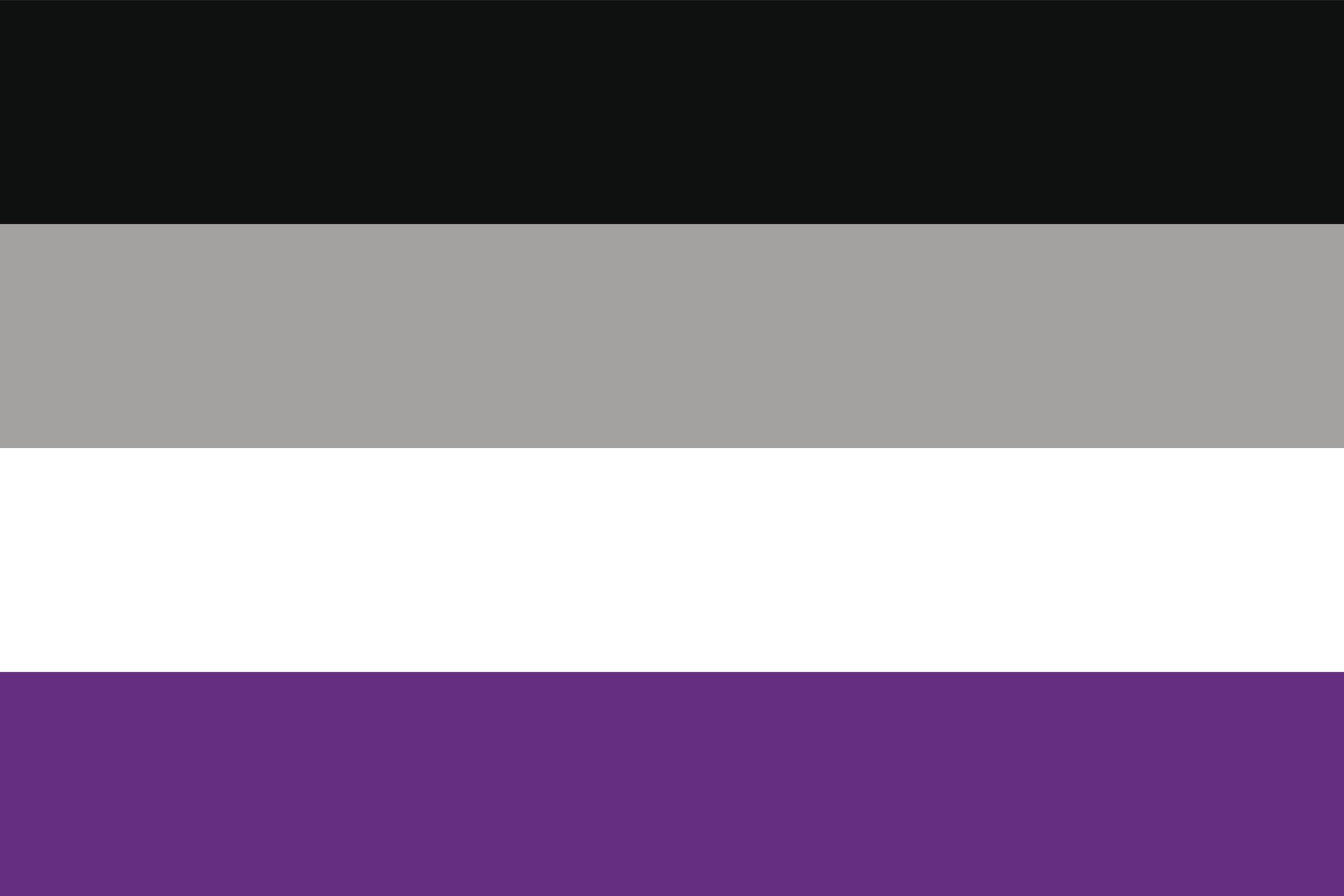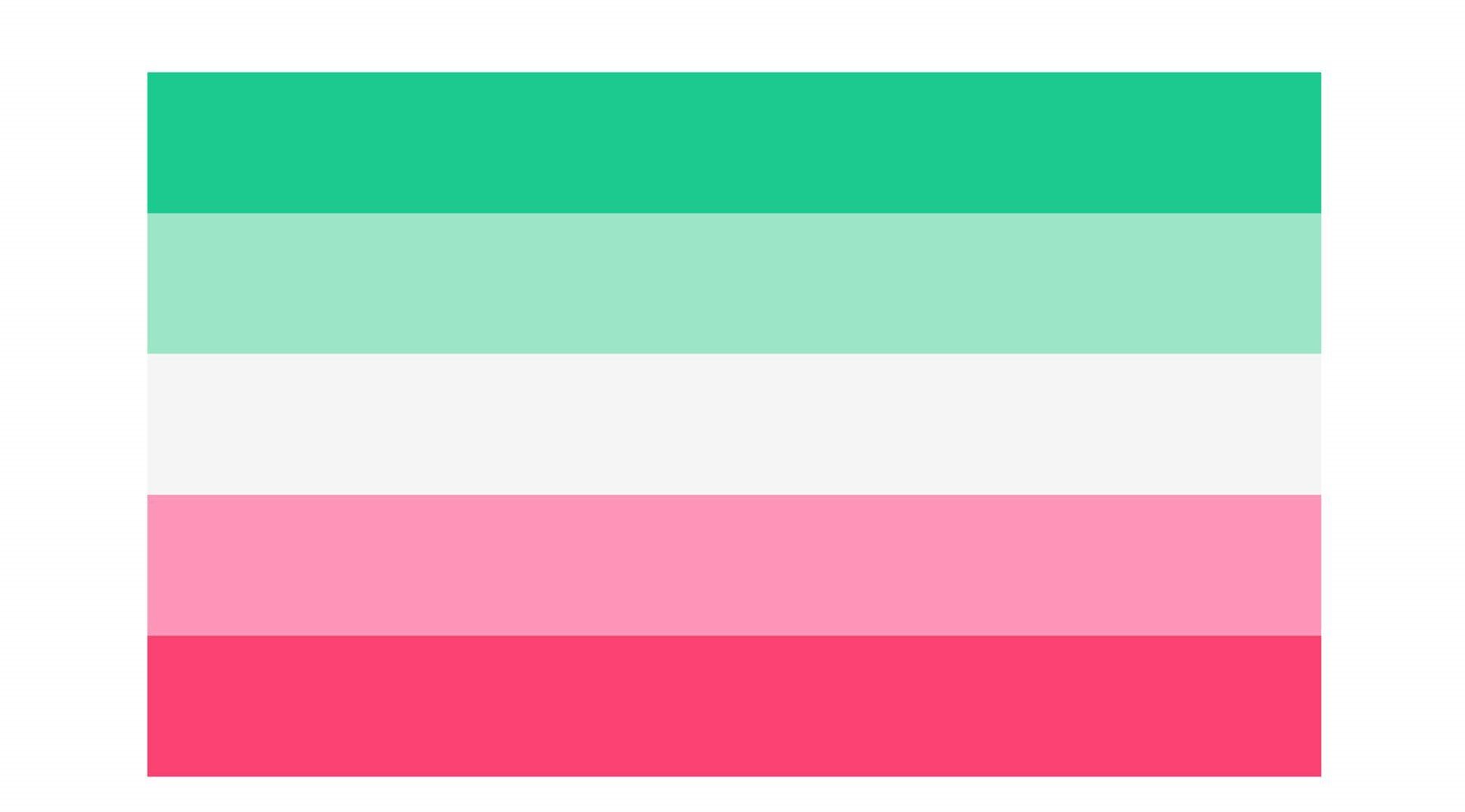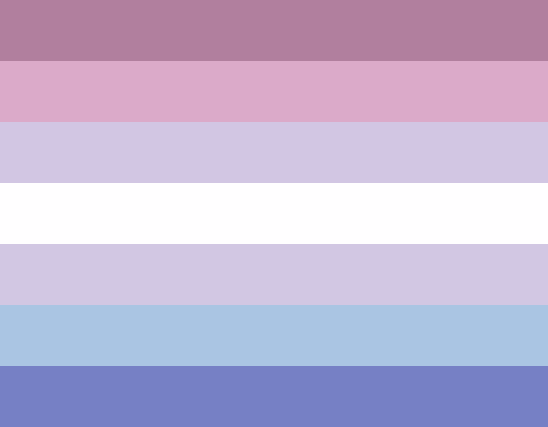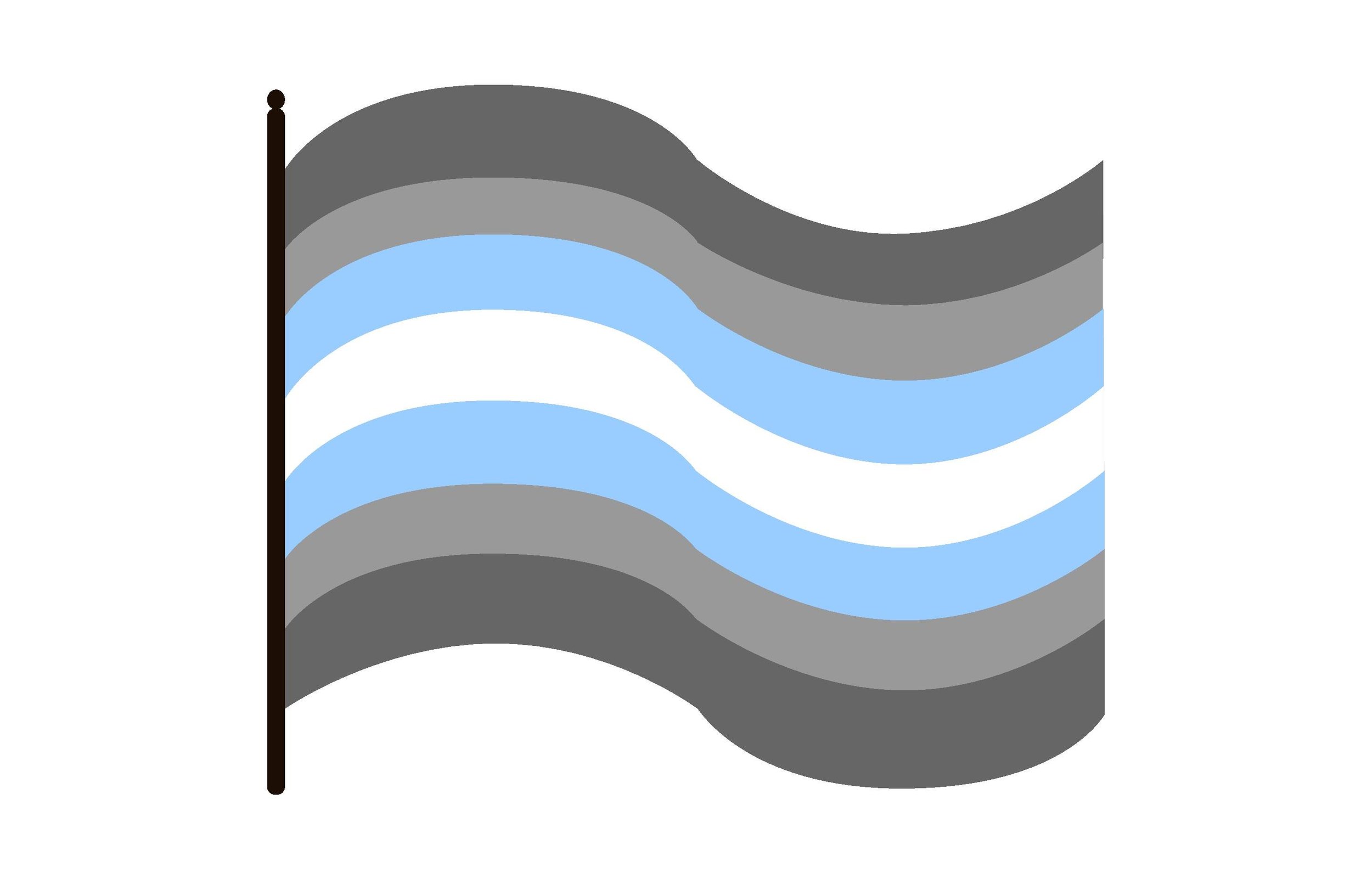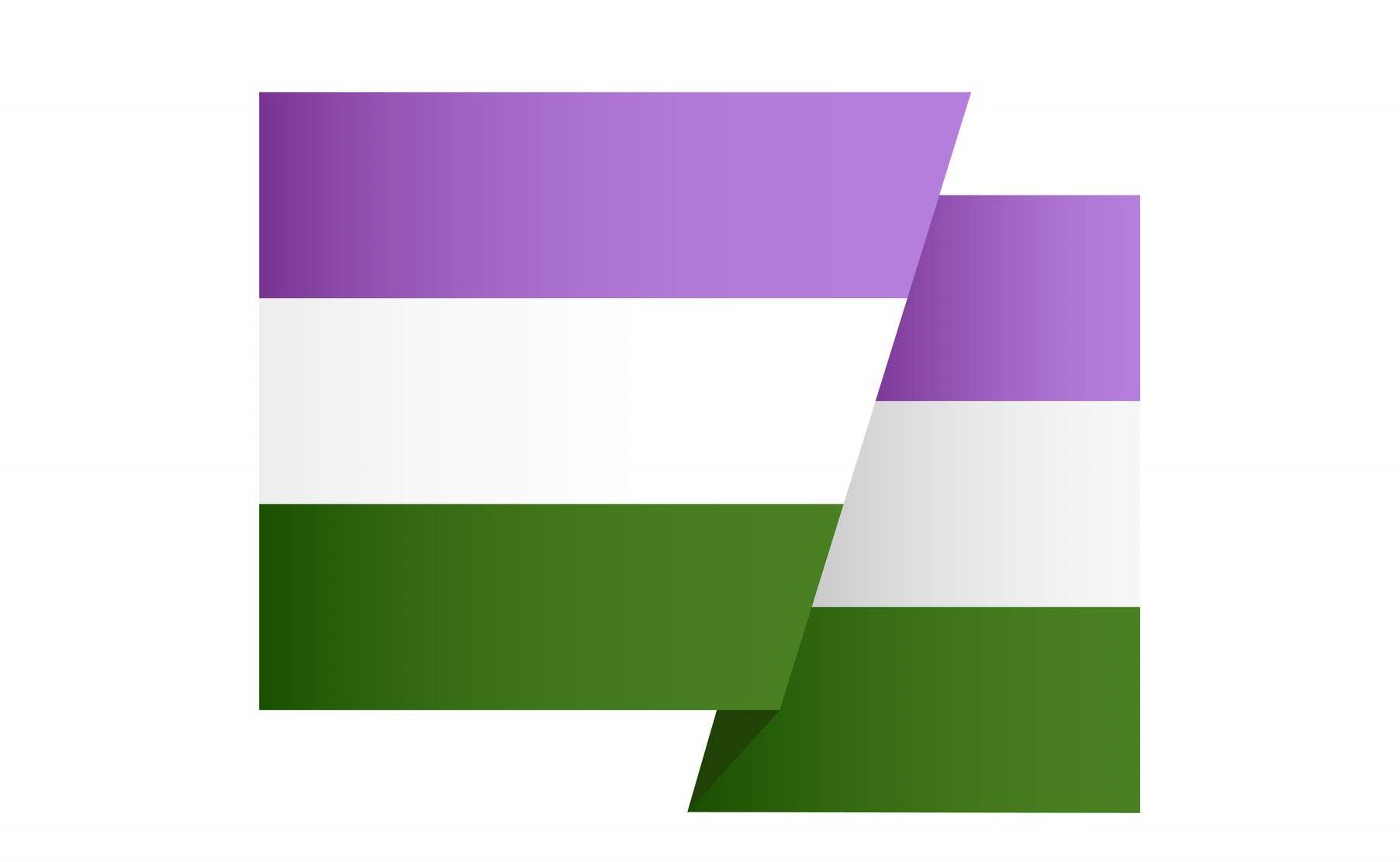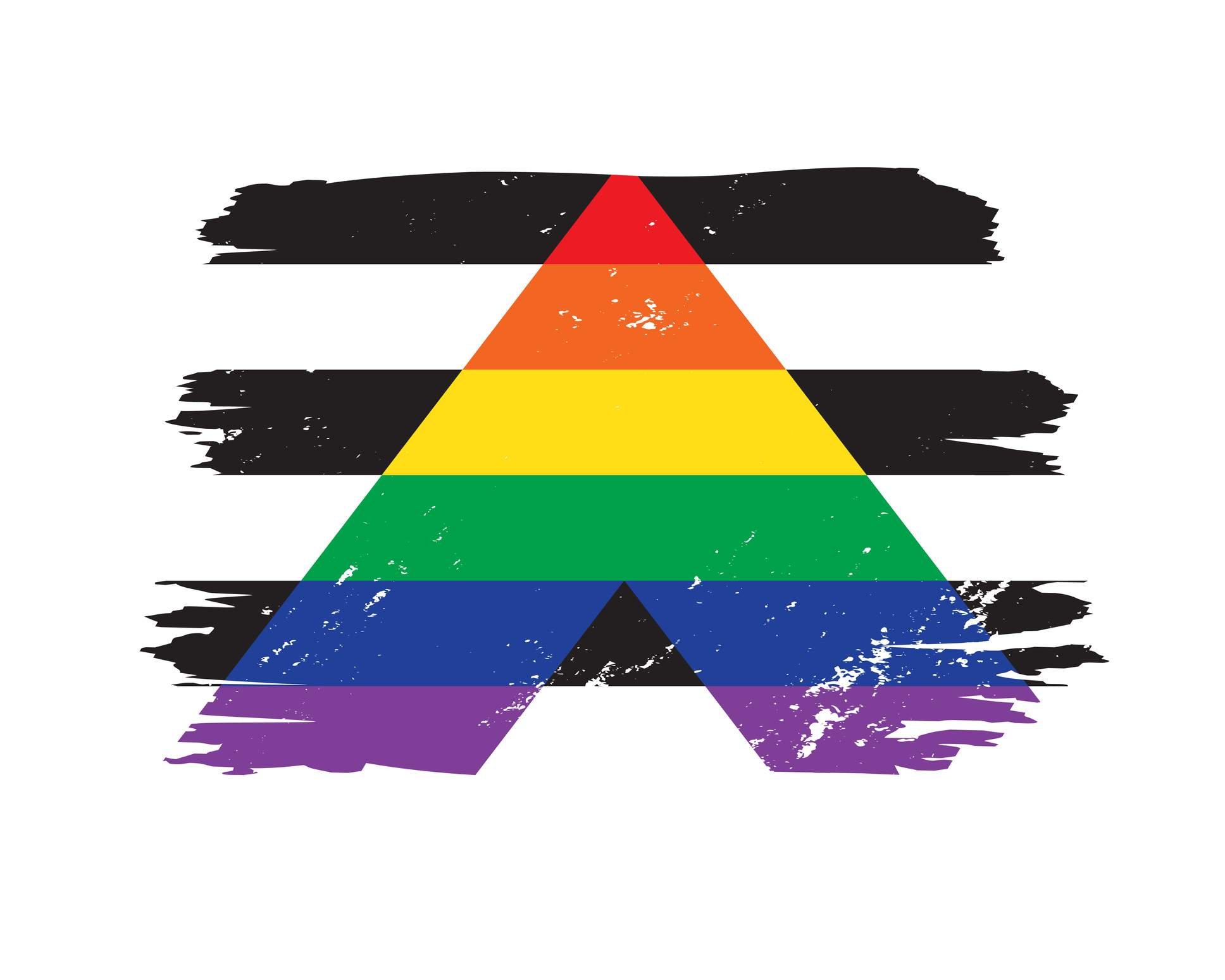The year is 1981.
Disco beats pulsate in nightclubs, neon lights paint the streets, and a new wave of optimism washes over the world. It was a time of progress, change, and the promise of a brighter future. But beneath the surface, a silent threat emerges.
A mysterious illness begins to strike, claiming victims with alarming speed. Fear and confusion grip communities, particularly those on the fringes, as a mysterious illness, initially called GRID (Gay Related Immunodeficiency Disease), begins to spread, striking down young, healthy men with alarming speed.
Whispers of a "gay plague" ignited panic, fueled by misinformation and a lack of understanding. Marginalized communities, particularly gay men and people of color, faced the brunt of the crisis, ostracized and blamed for the disease.
With information scarce, misinformation rampant, and the medical community struggling to understand the virus, discrimination, and stigma spread even faster than the disease itself.
Uncertainty hung heavy in the air, and the silence was deafening. Not just in the clubs but in the media, government pronouncements, and hushed conversations behind closed doors. This suffocating silence bred despair and isolation, leaving a desperate need for answers and a community yearning to be seen and heard.
Yet, amidst the despair, a powerful counter-narrative emerged. Artists, musicians, and activists found their voices, using music to challenge the silence, shatter stigma, raise awareness, and demand justice.
Music, that universal language, became a lifeline for a community grappling with loss, fear, and the desperate need to be seen and heard. It offered a platform for expressing their frustration. It became a tool for education, awareness, and, most importantly, a call to action.
From such desperation rose the "Soundtrack of Resistance" — a testament to the enduring power of music in the face of adversity. From disco beats to anthemic rock, from heart-wrenching ballads to empowering dance anthems, each song became a story of courage, defiance, and the unwavering fight for justice and equality.
This is the dawn of the 1980s AIDS crisis in the United States, a defining chapter in human history that forever changed the landscape of healthcare, social justice, and, yes, music.
Government Response to the 1980s AIDS Crisis
Initial Inaction and Delayed Response
The onset of the AIDS crisis was met with notable silence and inaction from government officials. Early cases reported in 1981 received little attention, leading to a lack of public awareness and understanding. This period of inactivity persisted despite increasing death tolls and calls for action from affected communities.
It wasn't until the mid-1980s that the federal government began to acknowledge the crisis, with President Reagan publicly mentioning AIDS for the first time in 1985. This delay in response contributed to the rapid increase of AIDS cases and exacerbated the stigmatization of those affected, particularly within the LGBTQ+ community and among intravenous drug users.
The lack of early federal funding and guidance from the Centers for Disease Control and Prevention (CDC) meant that crucial time was lost in the fight against the spreading epidemic.
Shift Toward Acknowledgment and Action
Pressure from activists and the growing public health crisis eventually prompted a shift in government approach toward AIDS. By the late 1980s, funding for AIDS research and support services began to increase, though many activists criticized it as too little, too late.
The establishment of the President's Commission on the HIV Epidemic in 1987 and the passage of the Ryan White CARE Act in 1990 marked significant, though belated, governmental engagement with the AIDS epidemic. These efforts aimed to improve public education, support research, and provide care for those infected with HIV/AIDS, reflecting a more proactive government stance in the face of ongoing criticism for earlier failures.
The Rise of Musical Activism
In the face of government inaction and widespread societal stigma during the 1980's AIDS epidemic, '80s music emerged not only as a beacon of hope but also as a formidable form of protest.
Fear and stigma initially silenced many, but musicians and artists soon shattered the silence, courageously using their voices and platforms to draw attention to the crisis, fight for research, and support those facing incredible adversity.
Benefit concerts, such as the groundbreaking Live Aid and the passionate Red Hot + Blue project in the early 90s, united musicians of every genre and harnessed the global reach of pop culture. Here, music wasn't merely entertainment; it became a catalyst for both fundraising and a critical shift in awareness.
Pop superstars like Elton John, Madonna, George Michael, and the band Queen were among the first to break the silence about AIDS. With their massive global reach, they brought vital awareness to the crisis.
Elton John, deeply impacted by the loss of friends–including teenage HIV-positive patient Ryan White – established the Elton John AIDS Foundation, raising millions for care and research. Queen's lead singer, Freddie Mercury, while living with HIV/AIDS himself, performed an unforgettable set at Live Aid in 1985, mere months before his tragic passing. His legacy became a rallying cry for action.
Openly LGBTQ+ musicians like Sylvester, Bronski Beat, and others broke ground by bringing their experiences and activism to the forefront of their music. They created safe spaces of expression and defiance in a time of intense isolation. Even outside the mainstream, punk bands, folk singers, and smaller acts found the courage to use their voices and concerts to challenge stigma and fundraise for those impacted.
Protest Power: When Music Fuels the March
While star-studded events drew global attention, it was everyday people in grassroots movements like ACT UP (AIDS Coalition to Unleash Power), where music served as the emotional, motivating soundtrack of their vital, organized fight. Protests and defiant marches drew directly on the soundtrack of activism to rally crowds, channel rage and desperation, and transform the streets into platforms.
Slogans became chants, repurposed protest classics provided motivation, and songs of both anger and hope were weapons of dissent. In a time when governments ignored a pandemic, this collective cry through music became impossible to ignore.
Songs that Fueled the 1980s AIDS Crisis
Music served as a rallying cry and a form of solace for those affected by the AIDS crisis in the 1980s. Several songs emerged as anthems of the movement, capturing the anguish, defiance, and hope of the era. Here are 10 notable examples:
"That's What Friends Are For" by Dionne Warwick and Friends: This heartfelt ballad, released in 1985, became a symbol of solidarity and support for those battling AIDS. It raised awareness and funds for AIDS research.
"I Will Survive" by Gloria Gaynor: Originally released in 1978, this disco anthem took on new meaning during the AIDS crisis, empowering individuals to persevere in the face of adversity. Its message of resilience resonated deeply with the LGBTQ+ community.
"People Have the Power" by Patti Smith: Released in 1988, this anthemic track urged listeners to recognize their collective power to effect change. Its impassioned lyrics inspired activism and solidarity within the AIDS community and beyond.
"And the Band Played Waltzing Matilda" by The Pogues: This haunting folk song, originally written by Eric Bogle, poignantly captured the devastation of war. In the context of the AIDS crisis, its themes of loss and remembrance took on added significance.
"I Want to Break Free" by Queen: An iconic anthem of individuality and breaking free from societal expectations, this Queen song resonated with those facing discrimination and prejudice during the AIDS crisis.
"Smalltown Boy" by Bronski Beat: This synth-pop hit addressed the struggles of a young gay man coming to terms with his identity. Released in 1984, it became an anthem for LGBTQ+ individuals facing discrimination and isolation.
"True Colors" by Cyndi Lauper: Released in 1986, this empowering ballad took on added significance during the AIDS epidemic. Cyndi Lauper's advocacy work aligned with the themes of resilience and acceptance conveyed in "True Colors."
"You Make Me Feel (Mighty Real)" by Sylvester: An openly gay artist, Sylvester's music provided a safe space for expression and activism. This disco hit became a symbol of LGBTQ+ pride and resilience.
"Like a Prayer" by Madonna: Madonna's controversial yet impactful song addressed themes of faith, love, and social injustice, making her a vocal advocate during the AIDS crisis.
"Jesus to a Child" by George Michael: Although not explicitly about AIDS, this poignant ballad by George Michael took on added significance during the epidemic, becoming a reflection on loss and remembrance.
Legacy and Continuing Influence
The music that emerged in response to the 1980s AIDS crisis did far more than provide a soundtrack for a dark chapter in history; it sowed the seeds of resilience, awareness, and activism that continue to bear fruit today.
The legacy of this era is not confined to the past but resonates profoundly in the present, influencing new generations of artists and activists committed to the ongoing fight against HIV/AIDS and the pursuit of LGBTQ+ rights.
Enduring Echoes of Activism
The poignant melodies and defiant anthems of the '80s music have left an indelible mark on HIV/AIDS awareness and LGBTQ+ rights activism. They served as powerful tools for education and empathy, breaking down barriers of fear and prejudice at a time when misinformation about AIDS was rampant.
Today, the progress in treatment and the shift in societal attitudes towards those infected with HIV/AIDS and the LGBTQ+ community can be partly attributed to the relentless activism of this era, in which music played a pivotal role.
Inspiration for a New Generation
Contemporary artists across genres continue to draw inspiration from the musicians who used their voices and platforms to combat the AIDS crisis. This influence is evident not only in the thematic content of modern music but also in the way artists today engage with social and political issues.
Musicians like Lady Gaga, Sam Smith, and Frank Ocean, among others, embody the spirit of advocacy and visibility, using their work to address issues of identity, rights, and acceptance, much like their predecessors did.
These artists, and many others, stand on the shoulders of giants—those who bravely used their art to demand change and support the marginalized. By incorporating themes of love, loss, resilience, and resistance into their music, they honor the legacy of the 1980s while propelling the conversation forward in their unique context.
Ongoing Tributes and Projects
The commitment to remembering those lost to AIDS and continuing the fight against the virus is evident in ongoing musical events and projects. Annual events like the Life Ball in Vienna and various World AIDS Day concerts around the globe blend commemoration with activism, raising funds and awareness for AIDS/HIV prevention and treatment. The Red Hot Organization, since its inception, has continued to release projects that bridge music and activism, engaging new artists in the fight against AIDS.
Music as a Timeless Tool for Change
History offers a powerful reminder: Music can transform apathy into action, sorrow into strength, and a whisper into a powerful chorus. Throughout the 1980s AIDS crisis, artists courageously defied silence, turning heartbreak into anthems of resilience, demands for progress, and a call for compassion the world could not ignore.
While the struggles depicted in their songs persist, the torch of music as a vehicle for activism burns bright. Whether through legacy initiatives keeping the "Soundtrack of Resistance" alive or in the work of modern artists using their voices to champion equality, every new song of defiance becomes part of a powerful, evolving soundtrack. This musical lineage reminds us that change won't come readily; it requires voices willing to be bold, loud, and persistent until injustice has no place to hide.
The fight continues. Find artists and organizations whose music fuels courage and supports ongoing efforts to address HIV/AIDS. Seek out concerts, playlists, and online communities where diverse voices unite in song–it becomes an act of solidarity.
Share what moves you, and amplify the voices of others. Each time we sing out, we become part of that unbroken chorus for a brighter, more just world where music is both a battle cry and a celebration of unity.



